Happy Birthday Alberto Vargas, ‘Father’ of the Pin-Up Girl
A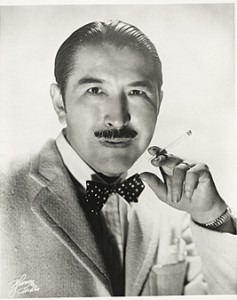 lthough the works he is best-known for are some of the most intrinsic and immediately identifiable American images from the Second World War, immortalized on the walls of barracks, the bulkheads of ships and the noses of innumerable aircraft, the father of the cheesecake ‘Pin-Up Girl’ style, Alberto Vargas, was not native of the United States. Born in Arequippa, Peru in 1896, Vargas first came to the United States in 1916 and quickly found employment as the official artist of The Ziegfeld Follies. Following his tenure with the Follies, Vargas was chosen to succeed artist George Petty (whose own ‘Petty Girls’ anticipated much of the ‘Pin-Up Girl’ style) at Esquire magazine in 1940: the same year in which Vargas became a United States citizen. Illustrating in Esquire’s pages and yearly calendars from 1940 to 1947, the ‘Pin-Up Girl,’ then referred to as a ‘Varga Girl,’ truly took shape.
lthough the works he is best-known for are some of the most intrinsic and immediately identifiable American images from the Second World War, immortalized on the walls of barracks, the bulkheads of ships and the noses of innumerable aircraft, the father of the cheesecake ‘Pin-Up Girl’ style, Alberto Vargas, was not native of the United States. Born in Arequippa, Peru in 1896, Vargas first came to the United States in 1916 and quickly found employment as the official artist of The Ziegfeld Follies. Following his tenure with the Follies, Vargas was chosen to succeed artist George Petty (whose own ‘Petty Girls’ anticipated much of the ‘Pin-Up Girl’ style) at Esquire magazine in 1940: the same year in which Vargas became a United States citizen. Illustrating in Esquire’s pages and yearly calendars from 1940 to 1947, the ‘Pin-Up Girl,’ then referred to as a ‘Varga Girl,’ truly took shape.
The style of Vargas is instantly recognizable, relying on a combination of airbrush and watercolors – hinting at his earlier profession of fashion illustration – depicting women in poses and stances that he termed as a glorification of the American girl.
Though well-known in peacetime, Vargas’ style and the style of his ‘Varga Girls’ exploded in popularity in the aftermath of the attacks on Pearl Harbor and the United States’ entrance into war. Such was the mania for ‘Varga Girls’ within a growing and extremely young American military that recreations of Vargas’ work began to appear on American ships, aircraft and uniform jackets; each specific ‘Varga Girl’ assuming the role as individualized or unit mascot and namesake. Whether as distraction, reminders of home or as chafing against the enforced uniformity of military life, ‘Varga Girls’ during WWII became nearly as well-traveled as ‘Kilroy Was Here.’
Depictions of ‘Varga Girls’ created by American servicemen, especially as the nose-art of American bombers, to this day remain some of the most iconic and famous images of the Second World War.
Click below to learn more and view some examples of Vargas’ work and American ‘Varga Girl’ nose-art.
- Untitled, 12/11/03, 2:53 PM, 16C, 3450x4776 (600+0), 100%, AIA repro tone, 1/50 s, R58.9, G46.8, B59.3
- Gift of Rev. Susan Ezell, 2004.111.086
- Gift of Brian Johnston, 2008.570.043
- Gift of the USS Slater: Destroyer Escort Historical Museum, 2010.555.002.
- Gift of the USS Slater: Destroyer Escort Historical Museum, 2010.555.002.
This post by Collin Makamson, Red Ball Express Coordinator @ The National WWII Museum
- Posted :
- Post Category :
- Tags :
- Follow responses to this entry through the RSS 2.0 feed. You can skip to the end and leave a response. Pinging is currently not allowed.


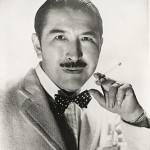

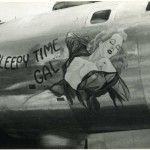
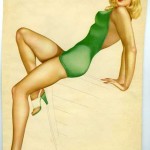
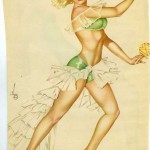


Leave a Reply